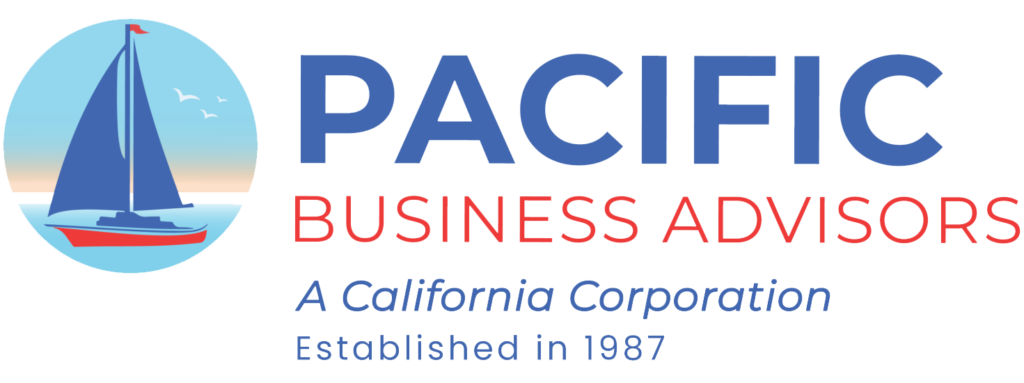

Glossary of Accounting Terms
Cash Basis of Accounting: A system of accounting that recognizes revenue only when cash is received from customers or clients and expenses only when cash is paid.
Cash Equivalent: Short-term, highly liquid investments that are both readily convertible to cash and so near their maturity that they present insignificant risk of changes in value because of changes in interest rates. Generally, only investments with original maturities of three months or less meet this definition.
Cash Flow Statement: A financial statement that reports cash flow from operating, financing, and investing activities.
Check Register: The document used to record pertinent details relating to expenses and the coding for each check issued.
Contingent Liability: Items which may become liabilities as a result of conditions undetermined at a given date, such as guarantees, pending law suits, judgments under appeal, unsettled disputed claims, unfilled purchase orders, and uncompleted contracts.
Cost Accounting: The method of accounting which provides for accumulating and recording of all the elements of cost incurred to accomplish a purpose, to carry on an activity or operation, or to complete a unit of work or a specific job.
Cost of Goods Sold: The cost associated with selling goods (inventory).
Credits: Entries made on the right hand side of “T” accounts.
Current Assets: Resources that are available, or can readily be made available, to meet the cost of operations or to pay current liabilities.
Current Liabilities: Those obligations which are payable within one year from current assets or current resources.
Cut-Off Date: A selected date whereby transactions generally are stopped to provide for closing of the books of accounts for a given period, or for audit purposes.
Debits: Entries made on the left side of “T” accounts.
Deferred Revenue: Cash collected from customers or clients prior to the delivery of goods and services.
Depreciation: The portion of the cost of a capital asset representing the expiration in the useful life of the capital asset attributable to wear and tear, deterioration, action of the physical elements, inadequacy, and obsolescence which is charged off during a particular period. In accounting for depreciation, the cost of a capital asset, less any salvage value, is spread over the estimated useful life of such an asset.
Depreciation Expense: The portion of an asset’s cost allocated to the current accounting period.
Direct Costs: Costs that include direct materials and labor.
Direct Expenses: Expenses which are charged directly as a part of the cost of a product or service, or of a department or operating unit, as distinguished from overhead and other indirect costs which must be prorated among several products or services, departments, or operating units.
Dividends: Cash distributions from corporate profits to its shareholders.
Double Entry Bookkeeping: A system of record keeping which requires two entries to the records (a debit and a credit) for every accounting event.
Employee Bonding: Insurance against employee theft and embezzlement.
Equity: The difference between a firm’s assets and liabilities.
Estimated Revenue: This is a budgetary term that identifies revenues expected to be received or accrued during a given period.
Exchange Transactions: Transaction in which each party receives and gives up essentially equal values.
Expenses: Decreases in net total assets. Expenses represent the cost of operations incurred during the current period regardless of the timing of the related disbursements.
PacificBusinessAdvisors.net
Office: 818-991-5200
Direct: 818-991-9019